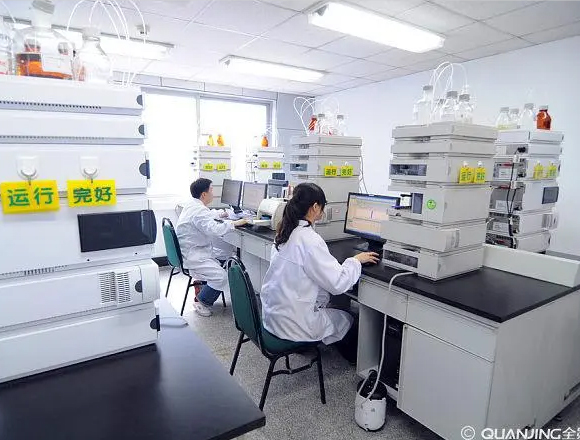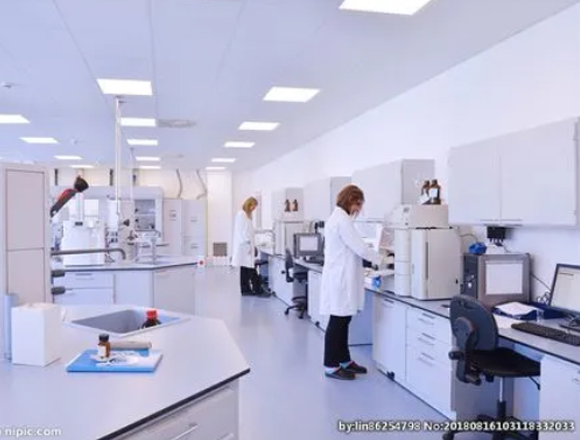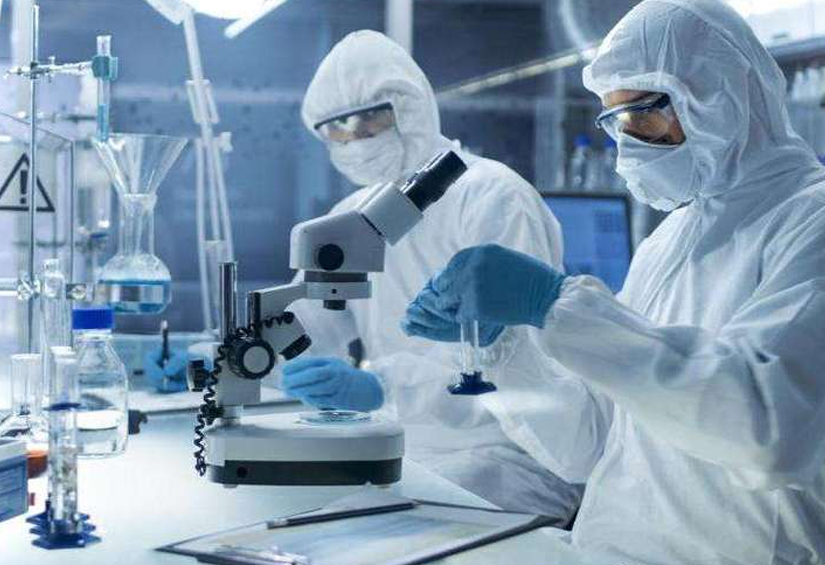R&D laboratory is a general term for a type of laboratory, which is a laboratory established for some problems that require research and development to solve problems. These issues may involve chemical synthesis, reaction mechanism, production process, optimization scheme, formula screening, detection method, effect verification, etc.
The most difficult job in the R&D laboratory is to do something from scratch, the so-called innovation. For example: the research and development of new compounds in the chemical industry, the research and development of new drugs in the pharmaceutical industry, the development of new materials in the material industry, etc. These innovative research and development work require the cooperation of new reaction mechanisms, new reactants, new reaction conditions, new reaction devices, and new functional sites. Most of these needs are met in the laboratory.





1. Laboratory space design
The space design of the R&D laboratory should be based on the quality and efficiency of experiments. The laboratory should be divided according to the specific process of the experiment, and set up by area: material preparation area, sample preparation area, sample measurement area, data analysis room, instrument storage room, etc. Spacious passages should be divided to facilitate movement and ventilation between laboratories. At the same time, in terms of the space design of the laboratory, it is necessary to plan a reasonable flow line to separate the entry and exit flow lines of laboratory personnel to ensure the safety of personnel and the scientificity and rationality of the laboratory.
2. Selection of laboratory equipment
R&D laboratories need to be equipped with useful and efficient experimental equipment and production equipment. According to the research language requirements of the experiment, it is necessary to purchase instruments and equipment that can handle the corresponding experimental samples. R&D laboratory equipment needs to meet the requirements of stable quality, high precision and fast data processing. Consider volume and budget constraints for kits on the market. Before choosing and matching equipment, you should have a detailed understanding of different equipment parameters, control methods and performance.